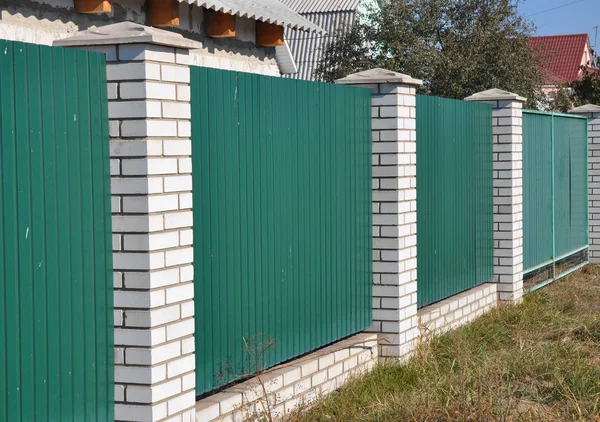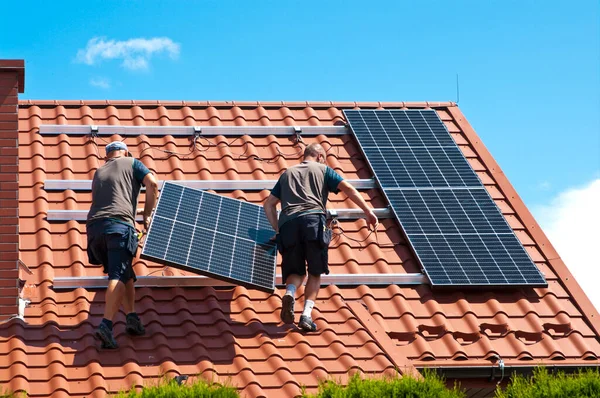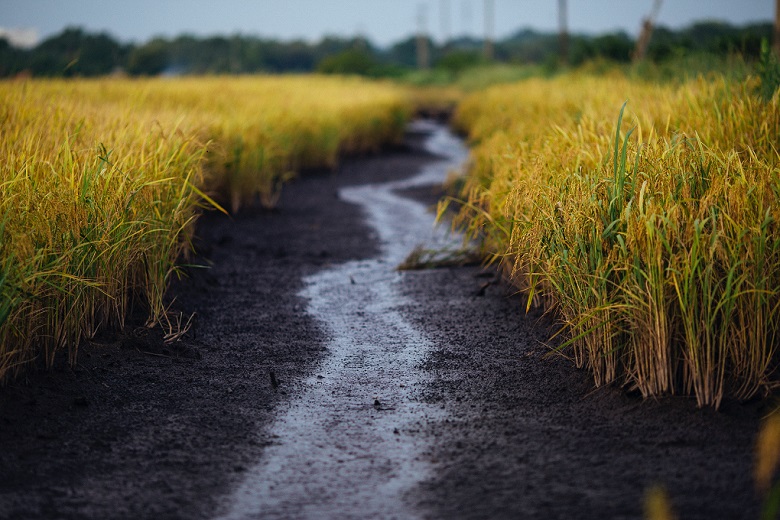Choosing the right fencing material is a crucial decision for any property owner in Kenya.
The fence you select not only defines your property boundaries but also impacts security, privacy, and even the aesthetic appeal of your home or business. With so many options available, making the right choice can be overwhelming.
In this guide, we’ll walk you through a step-by-step process to help you select the ideal fencing material for your needs.
Step 1: Assess Your Property’s Needs
Before diving into specific materials, it’s essential to assess your property’s unique needs. Consider factors such as the purpose of the fence (e.g., security, privacy, aesthetics), the climate in your region, and the local regulations. For instance, if you live in a high-risk area, security might be your top priority, and you might want to consider materials like electric fencing or stone walls.
Step 2: Budget Considerations
| Fencing Type | Estimated Cost (Ksh) | Maintenance Level |
|---|---|---|
| Mabati | 100,000 – 200,000 | Low |
| Live Fences | 50,000 – 150,000 | Moderate |
| Timber | 80,000 – 200,000 | High |
| Electric Fencing | 150,000 – 400,000 | Moderate to High |
| Barbed Wire | 50,000 – 100,000 | Low |
| Stone | 200,000 – 500,000 | Low |
| Chain Link | 100,000 – 200,000 | Low |
| Ditching | 30,000 – 80,000 | Low |
| Razor Wire | 70,000 – 150,000 | Low |
| Solar Powered Electric Fences | 200,000 – 500,000 | Low |
| Recycled Plastic Posts | 150,000 – 300,000 | Low |
Your budget is a significant factor in determining the type of fencing material you can afford. While some materials like mabati (metal sheets) and barbed wire are relatively inexpensive, others like stone or timber might require a more substantial investment. It’s crucial to consider not only the initial cost but also the long-term maintenance expenses.
Below is a general cost comparison based on average prices in Kenya, considering factors like material quality and labor.
Read More; Which are the Best Fencing Options in Kenya? Comprehensive Guide
Step 3: Explore Material Options
Here’s a breakdown of some popular fencing materials in Kenya, along with their pros, cons, and typical costs:
- Mabati (Metal Sheets): Durable, low-cost, and weather-resistant. Ideal for security but might lack aesthetic appeal.
- Live Fences: Eco-friendly, enhance property beauty, but require regular maintenance.
- Timber Fencing: Offers a warm, natural look but requires regular treatment to prevent decay.
- Electric Fencing: High security with a higher initial investment. Requires regular maintenance.
Step 4: Consider the Climate
The climate in your area plays a significant role in determining the durability of your fence. For instance, timber might not be the best choice in humid regions due to the risk of rot, while stone walls might be more suitable in areas prone to heavy rains. Make sure to choose materials that can withstand the local weather conditions.
Step 5: Evaluate Long-Term Maintenance
Different fencing materials require varying levels of maintenance. Live fences, for example, need regular pruning and watering, while stone walls are relatively low maintenance. Consider your willingness and ability to maintain the fence over time, as neglecting upkeep can lead to costly repairs or replacements.
Step 6: Legal and Zoning Requirements
In Kenya, there may be specific zoning laws and regulations regarding fence height, material, and placement. Ensure that you check with local authorities before making a final decision. Failure to comply with local regulations can result in fines or even the removal of your fence.
Step 7: Consult with Professionals
Finally, consult with a fencing contractor or a landscaping professional to get expert advice on the best fencing material for your property. They can offer insights into local trends, provide accurate cost estimates, and help you navigate any legal requirements.
Conclusion
Choosing the right fencing material for your property in Kenya involves careful consideration of your needs, budget, climate, and legal requirements. By following this step-by-step guide, you’ll be better equipped to make an informed decision that enhances the security, privacy, and value of your property.



